What are the disadvantages of steel toe boots?
The Disadvantages of Steel Toe Boots: What You Need to Know
Steel toe boots are a popular choice for many workers in industries that require protective footwear. These boots are designed to provide added protection to the toes and feet, reducing the risk of injury from heavy objects and equipment. While steel toe boots offer many benefits, there are also some disadvantages to consider before investing in a pair. In this article, we will explore the potential drawbacks of steel toe boots and how they may impact your comfort, safety, and overall satisfaction.
1. Weight and Bulkiness
One of the most significant disadvantages of steel toe boots is their weight and bulkiness. The steel toe cap adds extra weight to the boot, making it heavier and more cumbersome to wear for extended periods of time. This can lead to fatigue and discomfort, especially for workers who are on their feet all day. The bulkiness of steel toe boots can also make it difficult to maneuver in tight spaces or operate machinery that requires precise footwork.
2. Lack of Flexibility
Another drawback of steel toe boots is their lack of flexibility. The steel toe cap restricts the natural movement of the toes, making it challenging to bend or flex the foot. This can be particularly problematic for workers who need to crouch, kneel, or climb ladders as part of their job. The lack of flexibility in steel toe boots can also affect your balance and agility, increasing the risk of trips, slips, and falls.
3. Heat Retention
Steel toe boots are known for their durability and protective qualities, but they can also be prone to heat retention. The steel toe cap conducts heat and cold, which can be uncomfortable in extreme temperatures. In hot weather, steel toe boots can become sweaty and stifling, leading to moisture buildup and potential skin irritation. In cold weather, the steel toe cap can act as a conductor, making your feet feel colder than they would in non-metallic safety boots.
4. Conductivity
Steel toe boots are made of metal, which means they are conductive to electricity. This can be a significant disadvantage for workers who are exposed to electrical hazards in their environment. If you accidentally come into contact with a live wire or electrical source while wearing steel toe boots, the metal cap can conduct the electricity, potentially causing electrical shock or injury. For workers in industries where electrical safety is a concern, non-metallic safety boots may be a better option.
5. Cost
Steel toe boots tend to be more expensive than non-metallic safety boots due to the added protection and durability of the steel toe cap. While the initial investment may be higher, some workers may find that the cost of replacing steel toe boots more frequently outweighs the benefits of their protective qualities. In addition, steel toe boots may require special care and maintenance to prevent rust and corrosion, adding to the overall cost of ownership.
6. Fit and Comfort
One of the most common complaints about steel toe boots is their fit and comfort. The steel toe cap can cause pressure points and discomfort, especially if the boots are not properly sized or fitted. Some workers may experience blisters, calluses, or foot pain from wearing steel toe boots for long periods of time. Finding a pair of steel toe boots that provide a secure and comfortable fit can be challenging, as the metal cap can restrict the natural movement of the toes and foot.
7. Durability
While steel toe boots are known for their durability and longevity, they can be prone to wear and tear over time. The steel toe cap may become dented, scratched, or damaged from repeated impacts or heavy use. This can compromise the protective qualities of the boots and reduce their effectiveness in preventing foot injuries. Regular inspections and maintenance of steel toe boots are essential to ensure they remain in good condition and provide adequate protection for the wearer.
In conclusion, steel toe boots offer valuable protection for workers in hazardous environments, but they also come with several disadvantages that can impact comfort, safety, and overall satisfaction. It is essential to carefully consider these drawbacks before investing in a pair of steel toe boots and explore alternative options that may better suit your needs and preferences. By weighing the pros and cons of steel toe boots, you can make an informed decision that prioritizes your safety and well-being in the workplace.
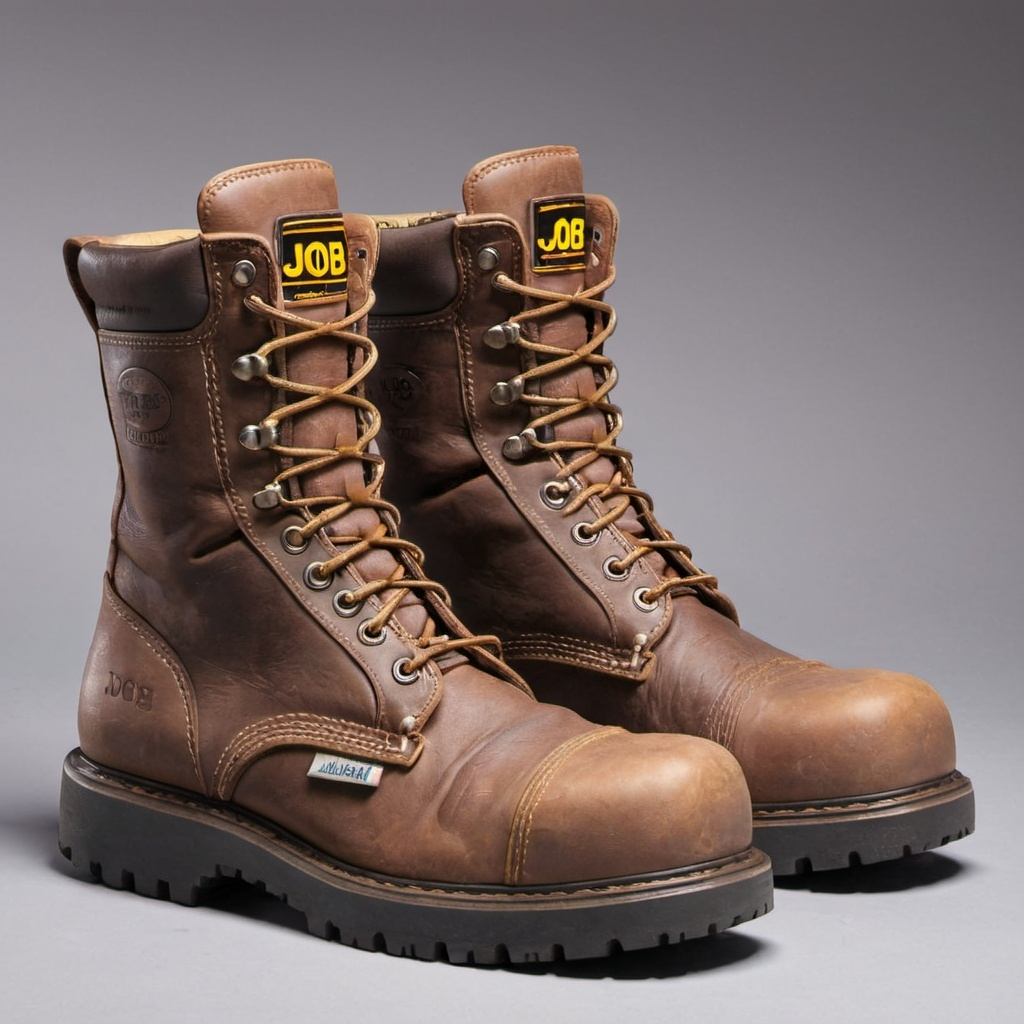

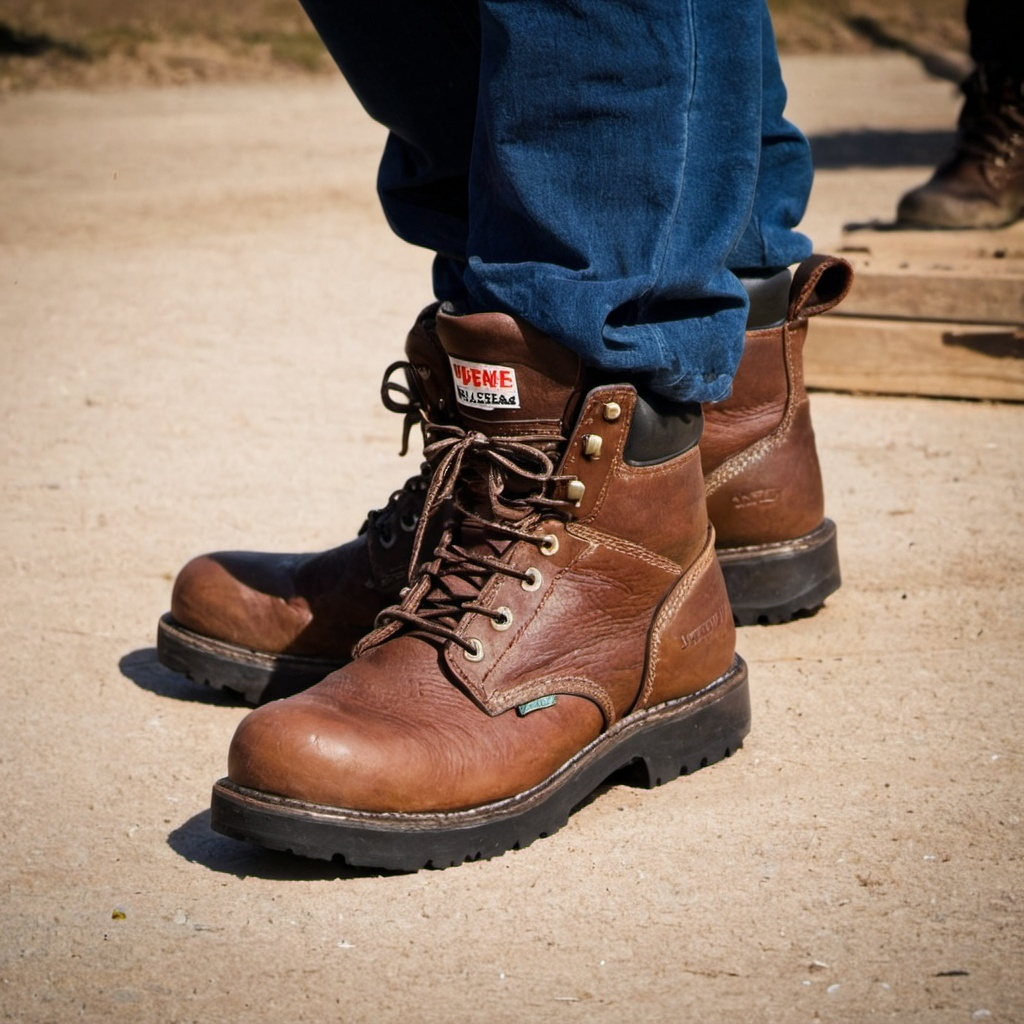



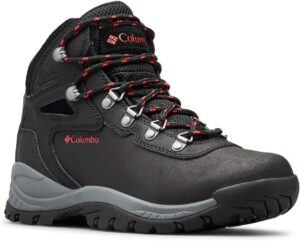

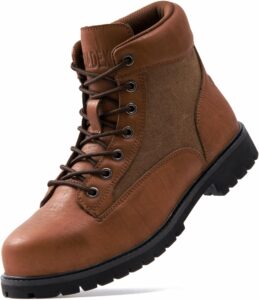
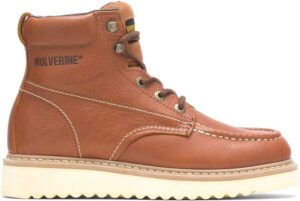
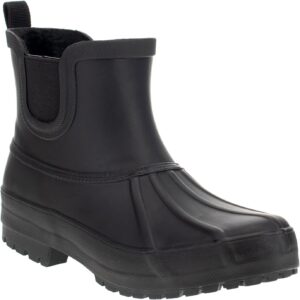
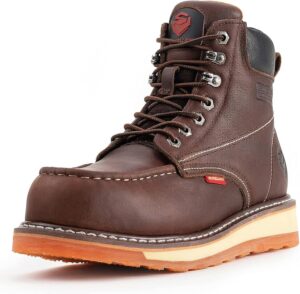
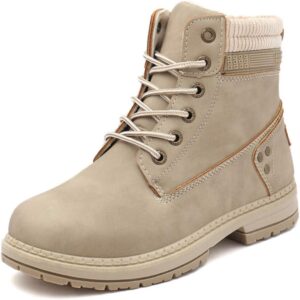
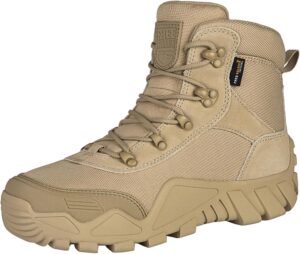
Post Comment